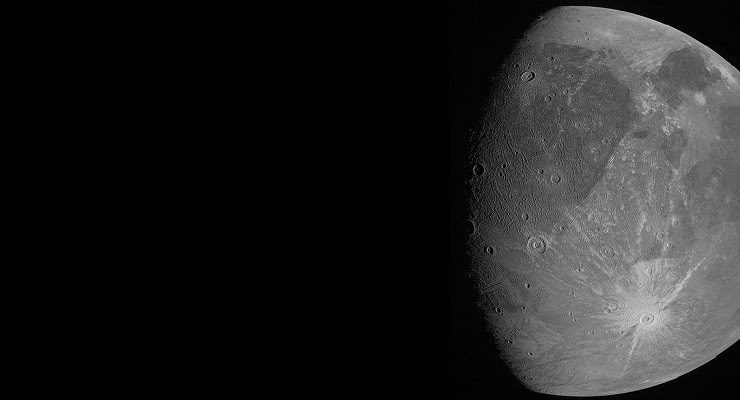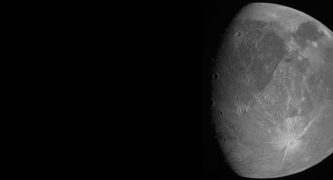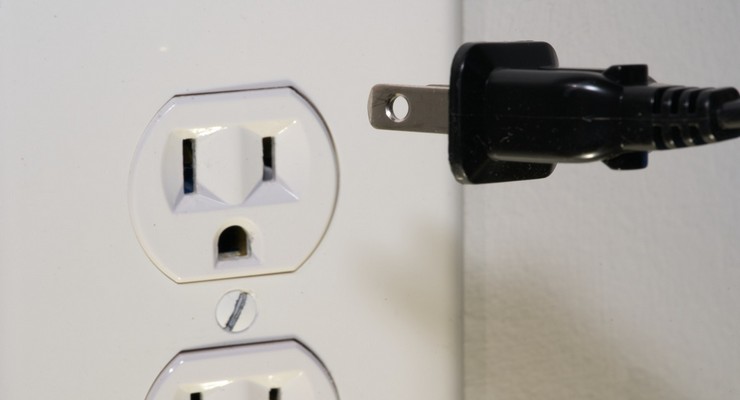
NASA’s Juno probe, managed by Jet Propulsion Laboratory, on Monday became the first spacecraft in more than 20 years to pay an up-close visit to Ganymede, one of Jupiter’s 79 known moons, according to JPL.
The spacecraft was launched in 2011 and arrived in the Jovian system on July 4, 2016.
It has now focused its attention on Ganymede, which is the largest moon in the solar system, the only one to have its own magnetic field, and is believed to host a subsurface ocean beneath its icy crust, JPL said in a written statement.
A day after making a fly-by of Ganymede, Juno has begun sending back photos. Two were released by JPL on Tuesday.
“The photos — one from the Jupiter orbiter’s JunoCam imager and the other from its Stellar Reference Unit star camera — show the surface in remarkable detail, including craters, clearly distinct dark and bright terrain, and long structural features possibly linked to tectonic faults.
Scientists were delighted and intrigued to get the detailed view of the moon, said Juno Principal Investigator Scott Bolton of the Southwest Research Institute in San Antonio. JPL manages the mission on behalf of the SRI.
“This is the closest any spacecraft has come to this mammoth moon in a generation,” Bolton said. “We are going to take our time before we draw any scientific conclusions, but until then we can simply marvel at this celestial wonder— the only moon in our solar system bigger than the planet Mercury.”
The close-up image released by JPL on Tuesday was taken from the “dark side,” or the side opposing the sun, explained Heise Becker of JPL, who serves as Juno’s radiation monitoring lead. And despite the lack of sunlight, Juno had just the tool for the job.
“The conditions in which we collected the dark side image of Ganymede were ideal for a low-light camera like our Stellar Reference Unit,” Becker said. “So this is a different part of the surface than seen by JunoCam in direct sunlight. It will be fun to see what the two teams can piece together.”
More photos are expected in the coming days. Raw images will be posted online at missionjuno.swri.edu/junocam.
More information on the Juno mission is available online at https://www.jpl.nasa.gov/missions/juno.














 0 comments
0 comments


